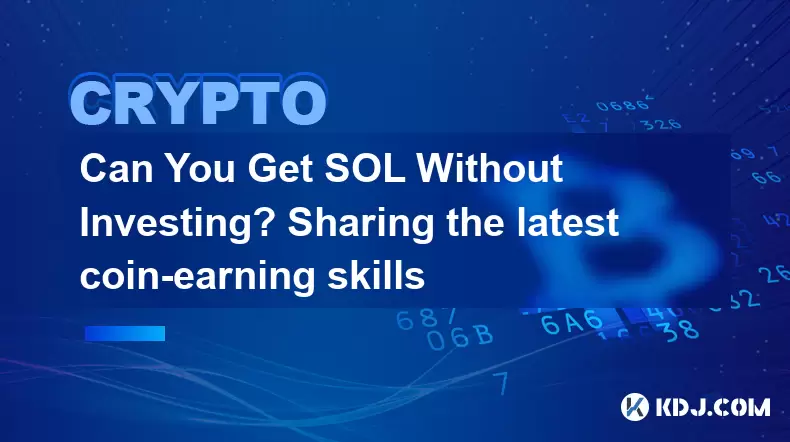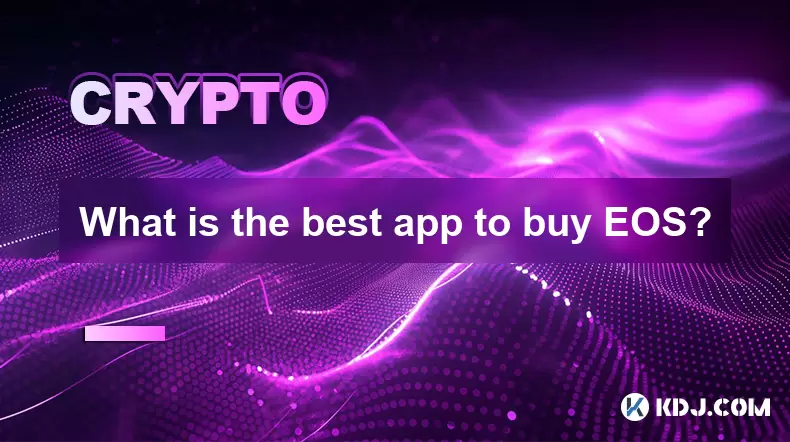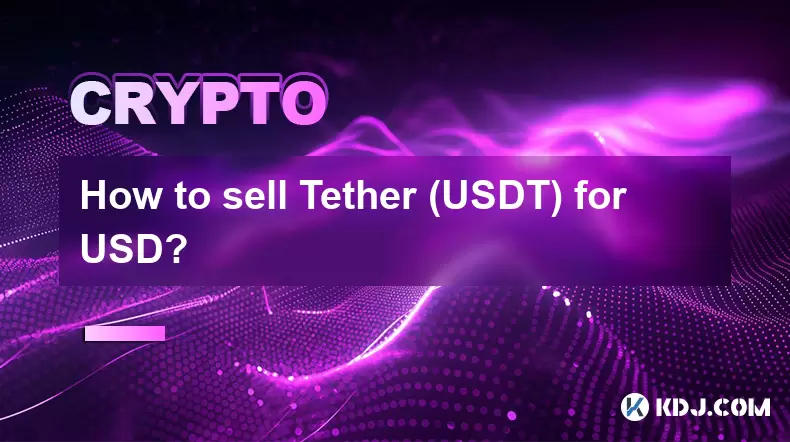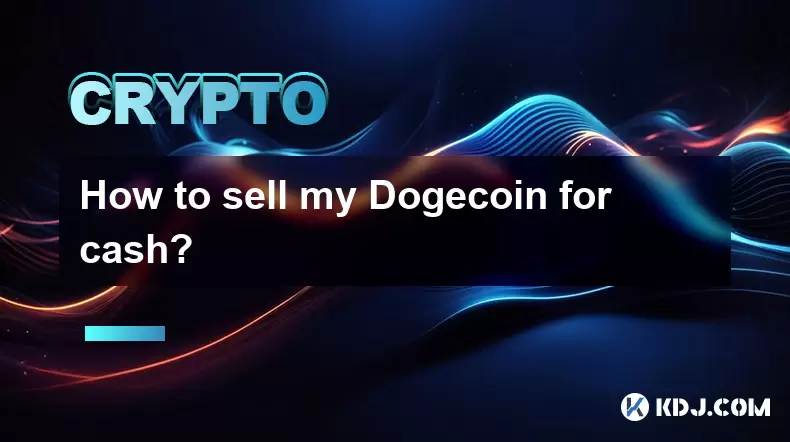-
 Bitcoin
Bitcoin $115000
0.88% -
 Ethereum
Ethereum $3727
2.86% -
 XRP
XRP $3.001
2.15% -
 Tether USDt
Tether USDt $1.000
0.03% -
 BNB
BNB $765.7
0.59% -
 Solana
Solana $169.5
3.52% -
 USDC
USDC $0.9999
0.00% -
 TRON
TRON $0.3391
1.24% -
 Dogecoin
Dogecoin $0.2059
2.68% -
 Cardano
Cardano $0.7418
2.24% -
 Hyperliquid
Hyperliquid $37.92
1.29% -
 Stellar
Stellar $0.4017
2.54% -
 Sui
Sui $3.508
2.67% -
 Chainlink
Chainlink $16.87
2.81% -
 Bitcoin Cash
Bitcoin Cash $569.4
2.08% -
 Hedera
Hedera $0.2472
0.22% -
 Ethena USDe
Ethena USDe $1.001
0.01% -
 Avalanche
Avalanche $22.29
1.22% -
 Litecoin
Litecoin $118.0
0.74% -
 UNUS SED LEO
UNUS SED LEO $8.924
-0.75% -
 Toncoin
Toncoin $3.236
1.65% -
 Shiba Inu
Shiba Inu $0.00001238
1.79% -
 Uniswap
Uniswap $9.827
3.02% -
 Polkadot
Polkadot $3.684
1.92% -
 Dai
Dai $1.000
0.01% -
 Monero
Monero $283.0
-2.73% -
 Bitget Token
Bitget Token $4.362
0.47% -
 Cronos
Cronos $0.1458
4.97% -
 Pepe
Pepe $0.00001054
2.58% -
 Ethena
Ethena $0.6238
9.53%
Can You Get SOL Without Investing? Sharing the latest coin-earning skills
Earn SOL without investing via airdrops, staking, DeFi, gaming, NFTs, and faucets; research and caution are key to maximizing these opportunities.
Jun 04, 2025 at 05:22 am

In the world of cryptocurrency, earning coins without direct investment is a topic that garners significant interest. Solana (SOL) is no exception, with many enthusiasts looking for ways to acquire this popular cryptocurrency without spending money upfront. This article will explore various methods to obtain SOL without investing, sharing the latest coin-earning skills that are currently available within the crypto community.
Earning SOL Through Airdrops
Airdrops are one of the most popular methods to earn cryptocurrency without any initial investment. Solana projects often conduct airdrops to distribute tokens to users, usually as a way to increase awareness and adoption. To participate in these airdrops, follow these steps:
- Research upcoming Solana airdrops: Use websites like CoinMarketCap or Airdrop Alert to find out about upcoming airdrops related to Solana.
- Join relevant communities: Many projects announce airdrops through their official social media channels or community forums like Discord and Telegram.
- Complete the required tasks: These can include following the project on social media, joining their community, or completing small tasks like retweeting or sharing posts.
- Claim your tokens: Once the airdrop is distributed, you will typically receive the tokens directly to your wallet.
Staking Rewards on Solana
Staking is another method to earn SOL without investing additional funds, provided you already hold some SOL. Staking on the Solana network allows you to earn rewards by participating in the validation process of transactions. Here's how you can start staking:
- Choose a staking platform: Several platforms support Solana staking, such as Binance, Coinbase, or directly through the Solana network.
- Transfer your SOL to the staking wallet: Ensure your SOL is transferred to the wallet address provided by the staking platform.
- Stake your SOL: Follow the platform's instructions to stake your SOL. This usually involves selecting the amount you wish to stake and confirming the transaction.
- Earn staking rewards: Over time, you will earn additional SOL as rewards, which can be compounded or withdrawn.
Participating in Solana-Based DeFi Projects
Decentralized Finance (DeFi) projects built on the Solana blockchain offer various opportunities to earn SOL without direct investment. Yield farming and liquidity provision are two popular methods:
- Yield farming: This involves lending your crypto assets to DeFi protocols in exchange for rewards. For example, you could provide liquidity to a Solana-based DeFi platform and earn SOL as part of the rewards.
- Liquidity provision: By adding your SOL to liquidity pools on decentralized exchanges (DEXs) like Raydium or Orca, you can earn trading fees and additional tokens.
To get started with DeFi on Solana:
- Research DeFi platforms: Look for reputable Solana-based DeFi projects that offer good returns.
- Connect your wallet: Use a compatible wallet like Phantom or Solflare to connect to the DeFi platform.
- Provide liquidity or start yield farming: Follow the platform's instructions to add your SOL to liquidity pools or start yield farming.
Engaging in Solana Gaming and NFT Projects
Gaming and NFTs (Non-Fungible Tokens) have become a significant part of the Solana ecosystem, offering unique ways to earn SOL. Play-to-earn games and NFT marketplaces allow users to earn cryptocurrency through gameplay or by trading digital assets.
To earn SOL through gaming:
- Choose a Solana-based game: Look for games like Star Atlas or DeFi Land, which reward players with SOL or other tokens.
- Download and play the game: Follow the game's instructions to set up your account and start playing.
- Earn and withdraw rewards: As you progress in the game, you can earn SOL or other tokens, which can be withdrawn to your wallet.
For NFT projects:
- Explore Solana NFT marketplaces: Platforms like Magic Eden or Solanart are popular for buying, selling, and trading NFTs.
- Create or buy NFTs: You can create your own NFTs or purchase existing ones to resell for a profit.
- Trade NFTs: Use the marketplace to list and sell your NFTs, earning SOL from successful sales.
Utilizing Solana Faucets
Faucets are another way to earn small amounts of SOL without investment. Solana faucets distribute small amounts of SOL to users, often as a way to encourage participation in the network. To use a Solana faucet:
- Find a reputable Solana faucet: Websites like FaucetPay or SolanaFaucet offer small amounts of SOL.
- Complete the required tasks: These can include solving captchas, completing surveys, or participating in social media activities.
- Claim your SOL: Once you've completed the tasks, you can claim your SOL and transfer it to your wallet.
Frequently Asked Questions
Q: Are there any risks associated with earning SOL without investing?
A: Yes, there are risks involved. Airdrops and faucets can sometimes be scams, so it's important to verify the legitimacy of the project. Staking and DeFi also carry risks such as smart contract vulnerabilities or impermanent loss in liquidity pools. Always do thorough research before participating.
Q: How much SOL can I expect to earn from these methods?
A: The amount of SOL you can earn varies greatly depending on the method. Airdrops and faucets typically offer small amounts, while staking and DeFi can potentially yield higher returns but require an initial amount of SOL. Gaming and NFT trading can also be lucrative but are highly dependent on market conditions and individual skill.
Q: Can I earn SOL without any initial cryptocurrency?
A: It's challenging to earn SOL without any initial cryptocurrency, as most methods require some form of digital asset to participate. However, starting with airdrops and faucets can help you accumulate small amounts of SOL, which you can then use for staking, DeFi, or trading.
Q: How can I stay updated on the latest opportunities to earn SOL?
A: To stay updated, follow Solana-related news and social media channels, join relevant communities on platforms like Discord and Telegram, and regularly check websites that list airdrops and other earning opportunities.
Disclaimer:info@kdj.com
The information provided is not trading advice. kdj.com does not assume any responsibility for any investments made based on the information provided in this article. Cryptocurrencies are highly volatile and it is highly recommended that you invest with caution after thorough research!
If you believe that the content used on this website infringes your copyright, please contact us immediately (info@kdj.com) and we will delete it promptly.
- IREN Overtakes: A New King in the Bitcoin Miner Hashrate Race?
- 2025-08-07 16:31:29
- Memecoins Mania: Whales Eye Pepe Dollar (PEPD) as Bonk Cools Off, While MoonBull Hogs the Spotlight!
- 2025-08-07 16:51:17
- Unilabs, PEPE, and Investment Risk: Navigating the Crypto Hype
- 2025-08-07 16:31:29
- Meme Coin Mania: Rug Pulls, CZ-Inspired Tokens, and the Wild West of Crypto
- 2025-08-07 16:57:14
- HashFlare Founders Face the Music: Jail Time Looms?
- 2025-08-07 14:30:12
- Pepeto's Pounce: Meme Coin Mania Meets Blockchain Infrastructure
- 2025-08-07 15:10:12
Related knowledge

What is the best app to buy EOS?
Aug 07,2025 at 04:35pm
Understanding EOS and Its Role in the Cryptocurrency EcosystemEOS is a blockchain platform designed to support decentralized applications (dApps) with...

How to sell Tether (USDT) for USD?
Aug 07,2025 at 03:29pm
Understanding Tether (USDT) and Its USD ValueTether (USDT) is a stablecoin designed to maintain a 1:1 value ratio with the United States Dollar (USD)....

How to sell my Bitcoincoin for cash?
Aug 07,2025 at 02:14pm
Understanding the Basics of Selling Dogecoin for CashSelling Dogecoin for cash involves converting your DOGE tokens into a fiat currency such as USD, ...

What is Chainlink (LINK)?
Jul 22,2025 at 02:14am
Understanding Chainlink (LINK): The Decentralized Oracle NetworkChainlink is a decentralized oracle network designed to bridge the gap between blockch...

What is Avalanche (AVAX)?
Jul 22,2025 at 08:35am
What is Avalanche (AVAX)?Avalanche (AVAX) is a decentralized, open-source blockchain platform designed to support high-performance decentralized appli...

What is Polkadot (DOT)?
Jul 19,2025 at 06:35pm
Understanding the Basics of Polkadot (DOT)Polkadot (DOT) is a multi-chain network protocol designed to enable different blockchains to transfer messag...

What is the best app to buy EOS?
Aug 07,2025 at 04:35pm
Understanding EOS and Its Role in the Cryptocurrency EcosystemEOS is a blockchain platform designed to support decentralized applications (dApps) with...

How to sell Tether (USDT) for USD?
Aug 07,2025 at 03:29pm
Understanding Tether (USDT) and Its USD ValueTether (USDT) is a stablecoin designed to maintain a 1:1 value ratio with the United States Dollar (USD)....

How to sell my Bitcoincoin for cash?
Aug 07,2025 at 02:14pm
Understanding the Basics of Selling Dogecoin for CashSelling Dogecoin for cash involves converting your DOGE tokens into a fiat currency such as USD, ...

What is Chainlink (LINK)?
Jul 22,2025 at 02:14am
Understanding Chainlink (LINK): The Decentralized Oracle NetworkChainlink is a decentralized oracle network designed to bridge the gap between blockch...

What is Avalanche (AVAX)?
Jul 22,2025 at 08:35am
What is Avalanche (AVAX)?Avalanche (AVAX) is a decentralized, open-source blockchain platform designed to support high-performance decentralized appli...

What is Polkadot (DOT)?
Jul 19,2025 at 06:35pm
Understanding the Basics of Polkadot (DOT)Polkadot (DOT) is a multi-chain network protocol designed to enable different blockchains to transfer messag...
See all articles

























































































